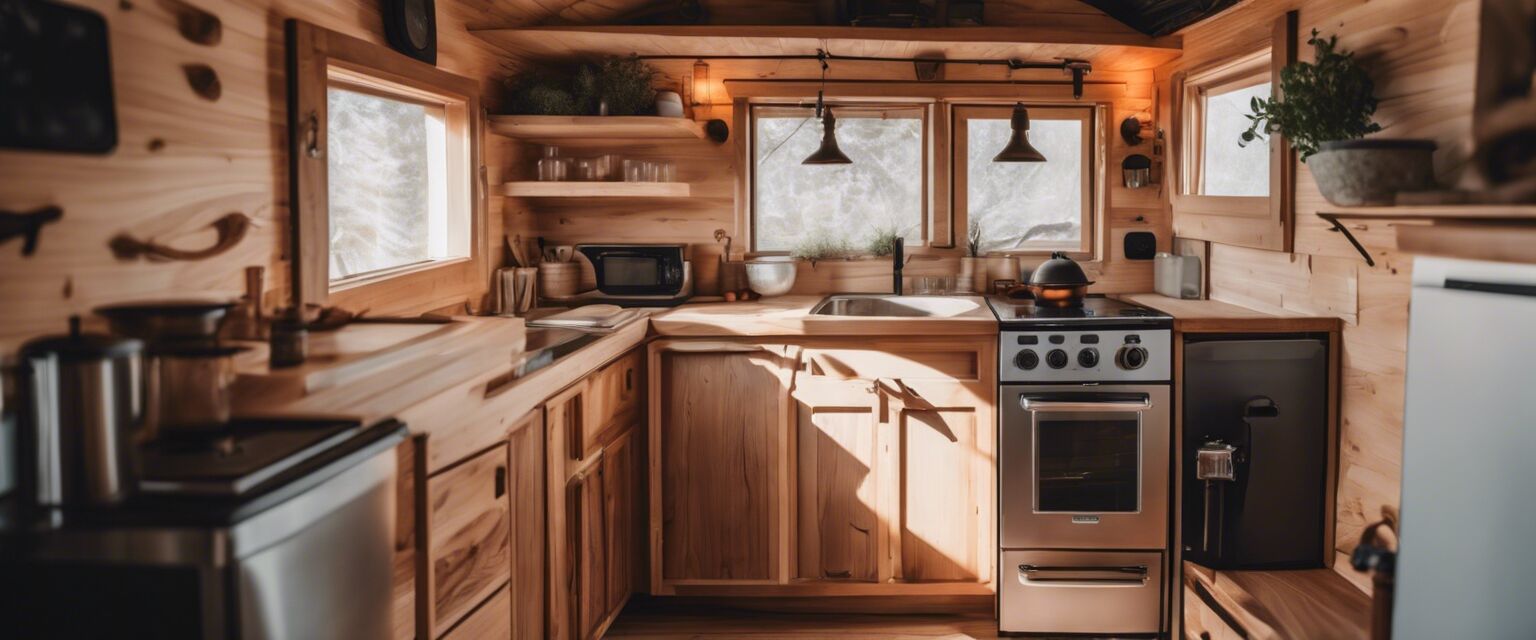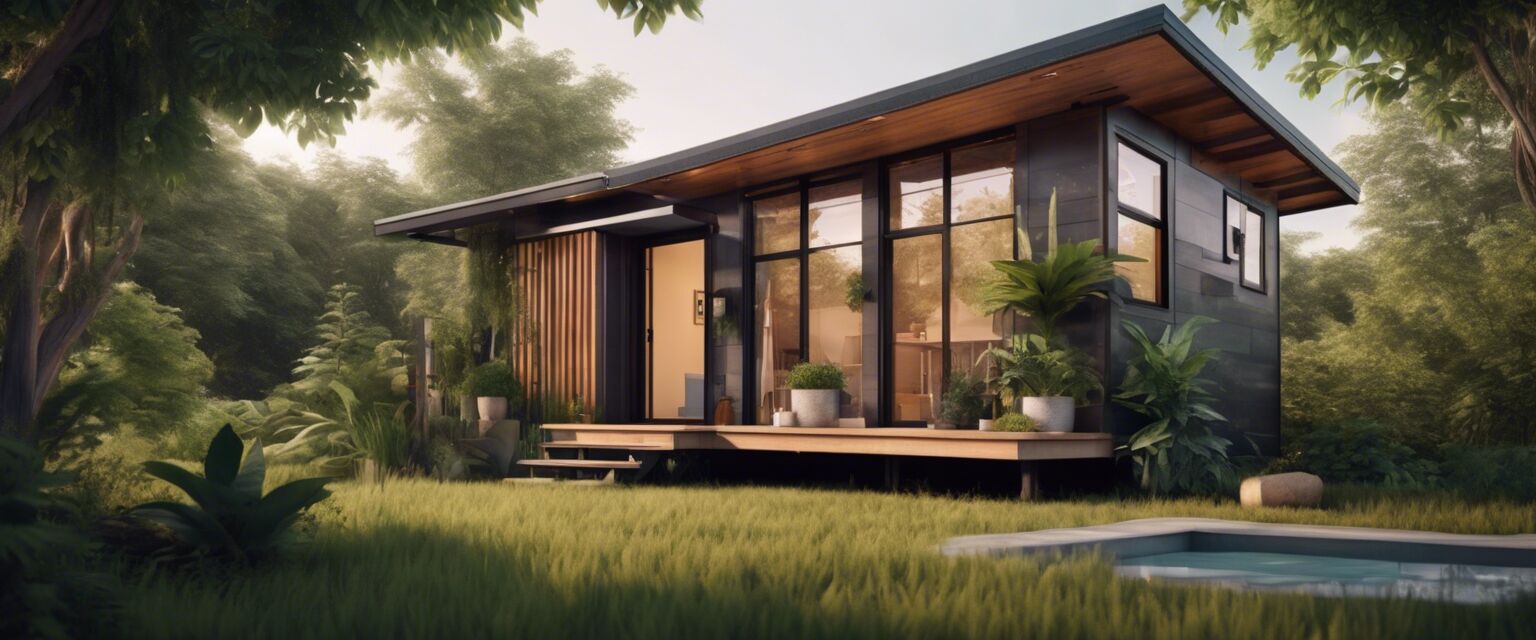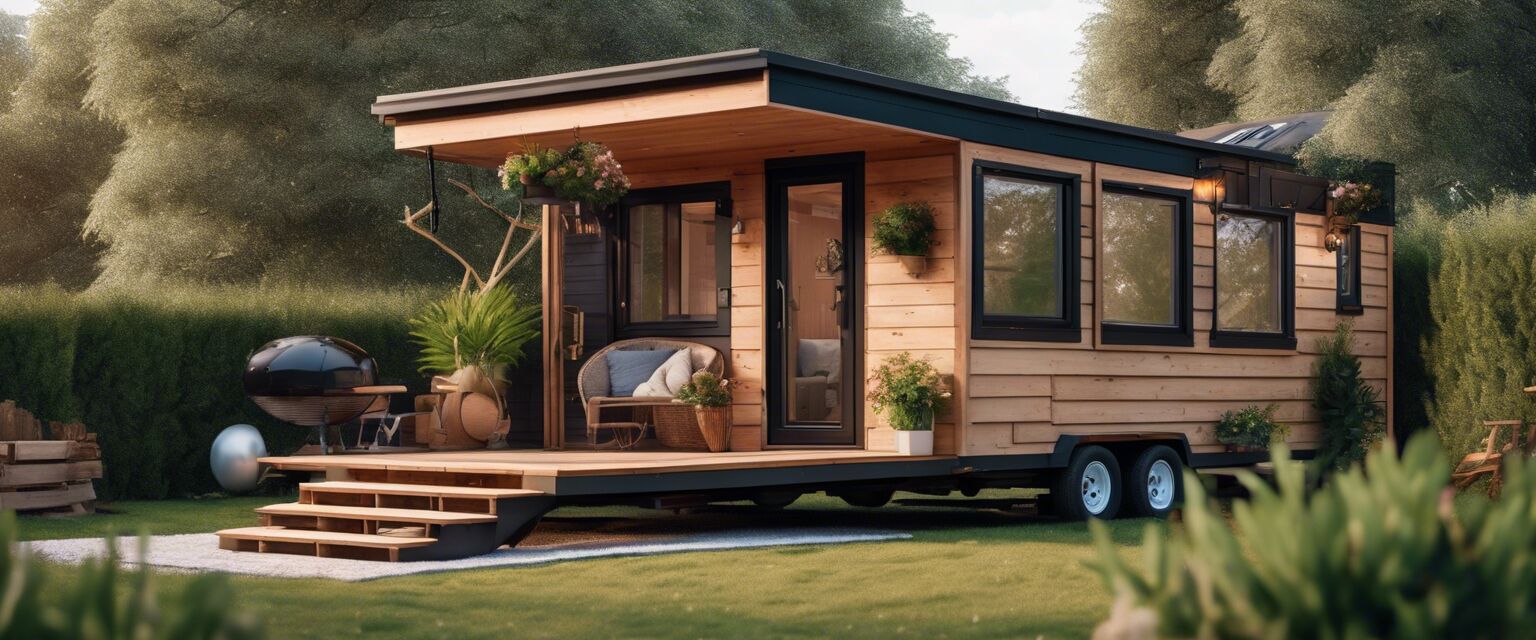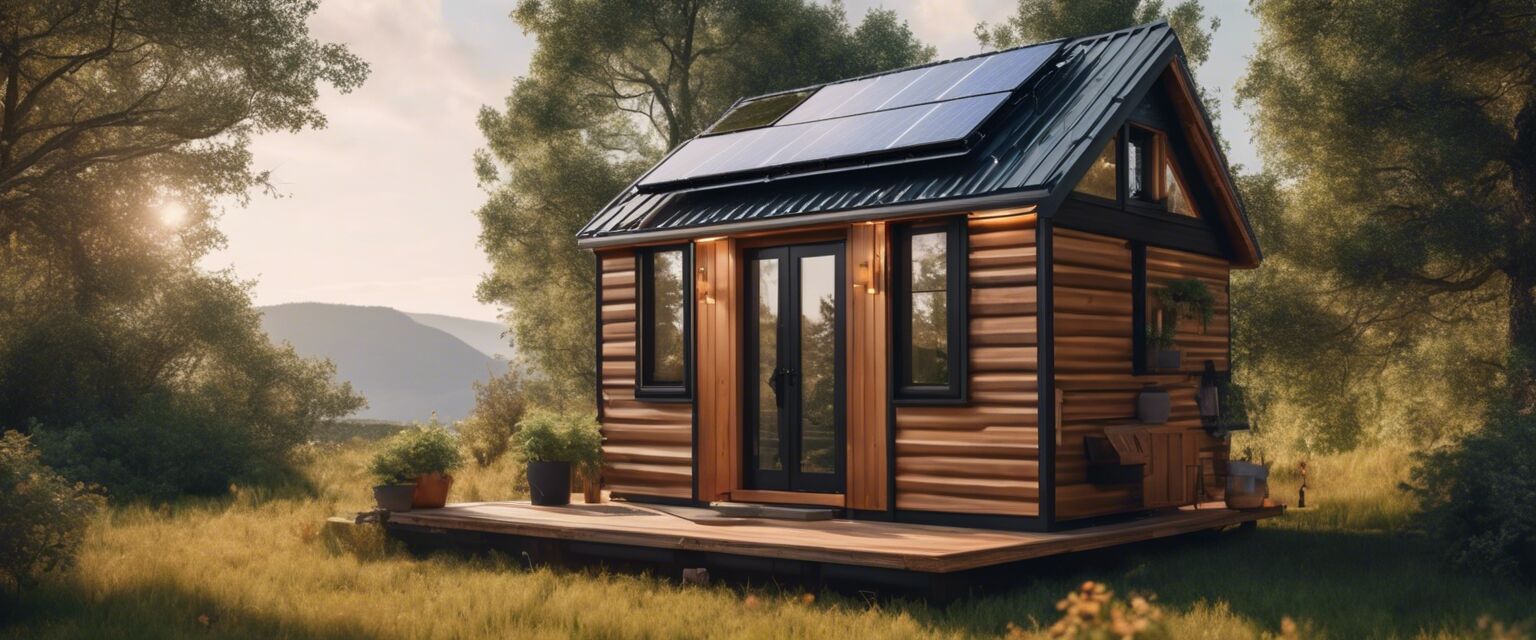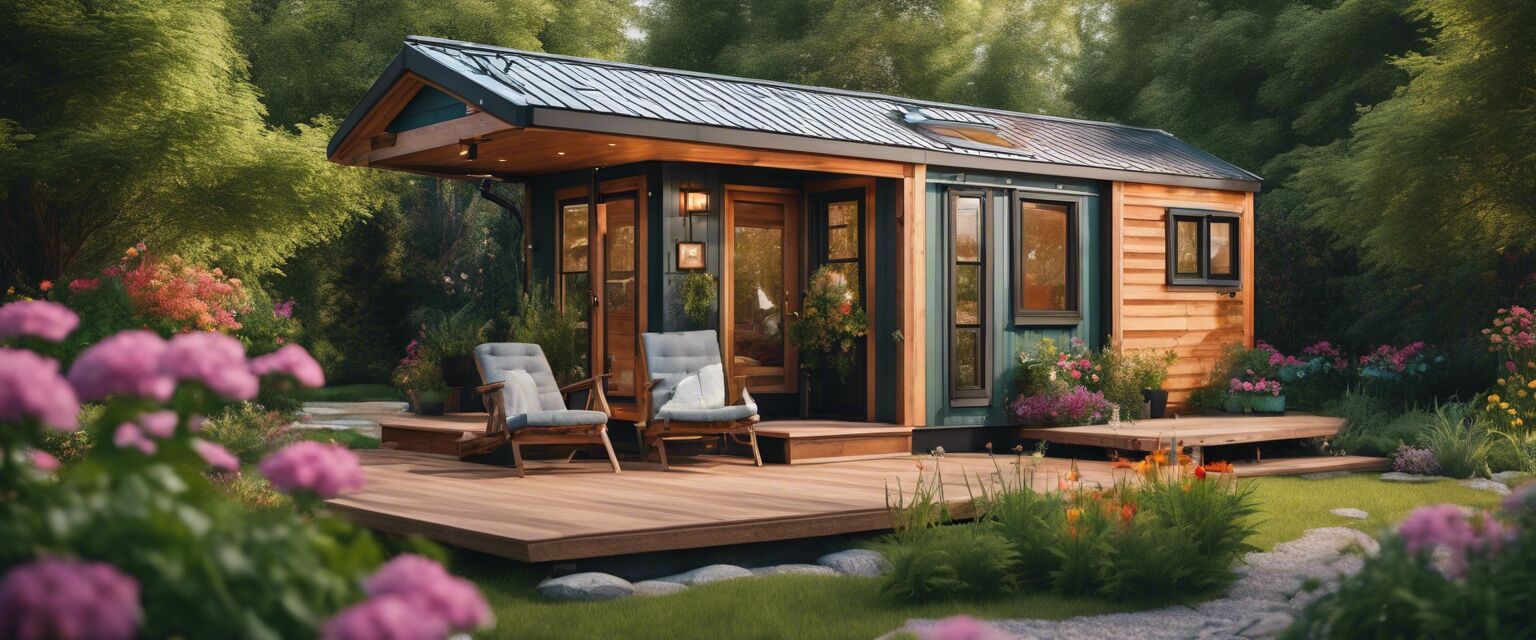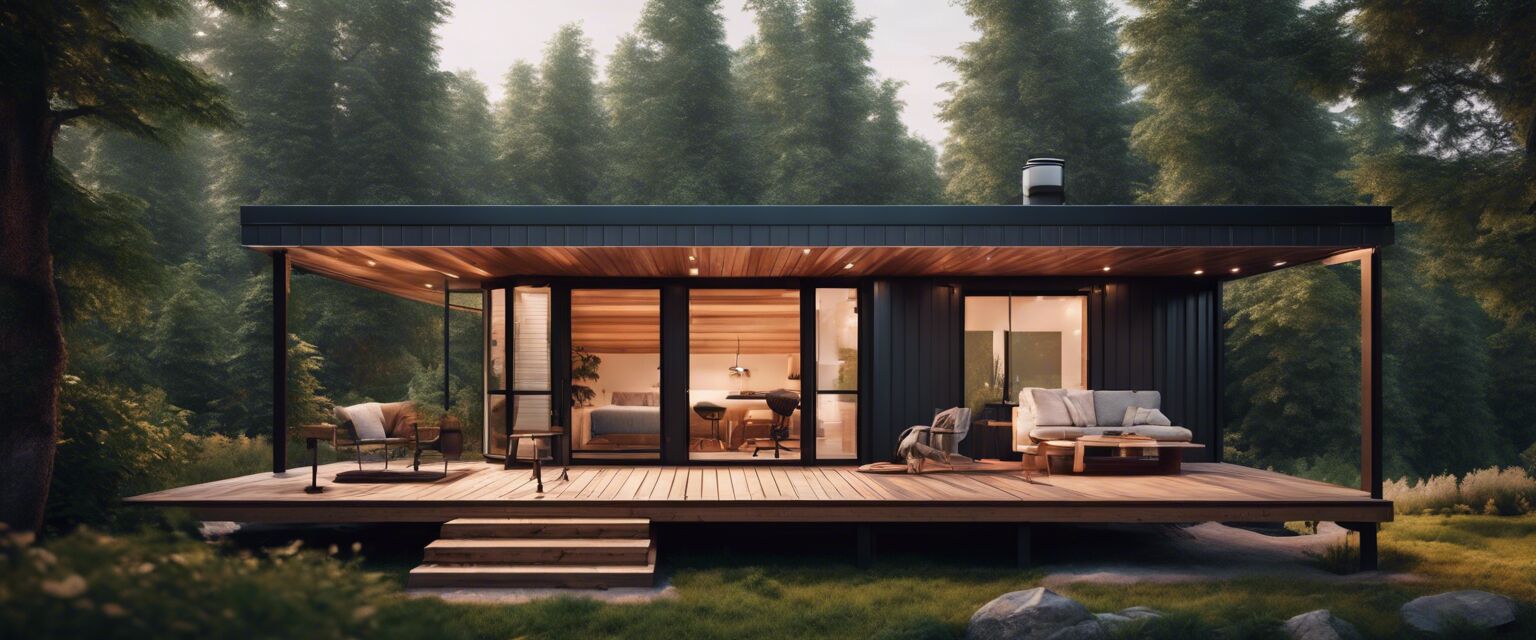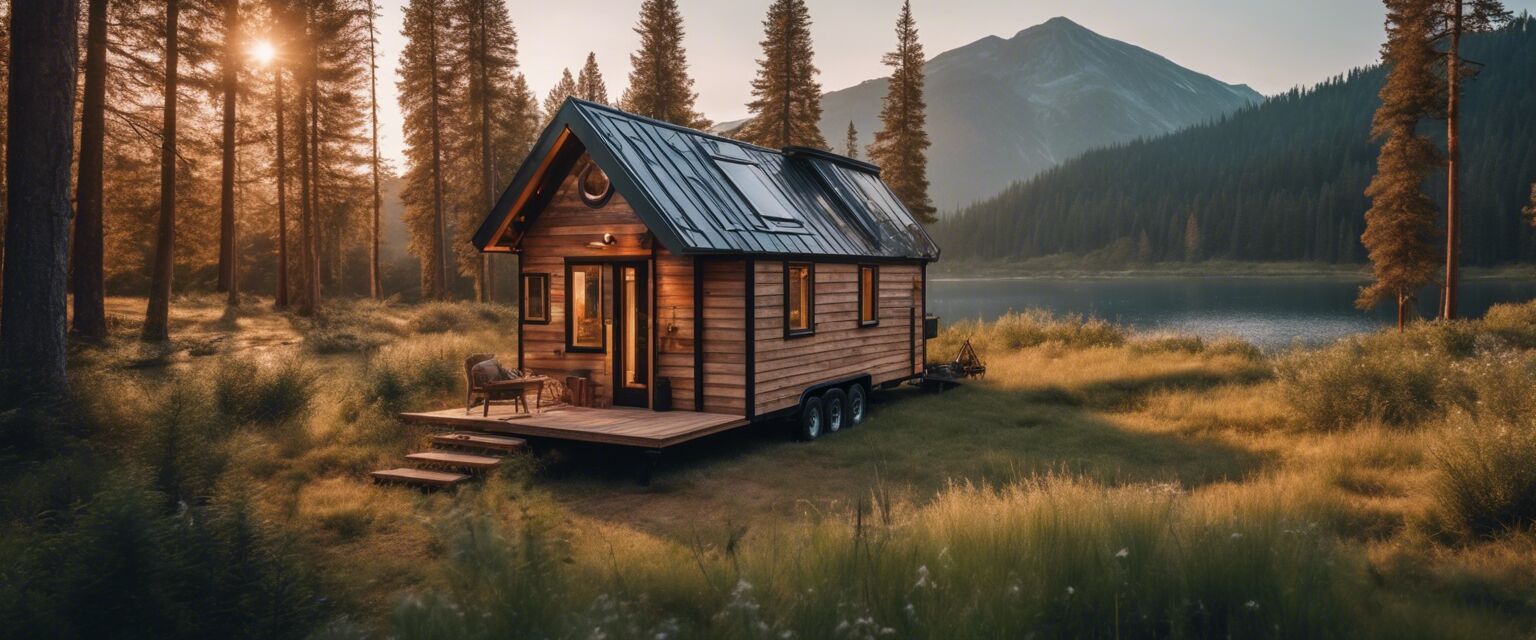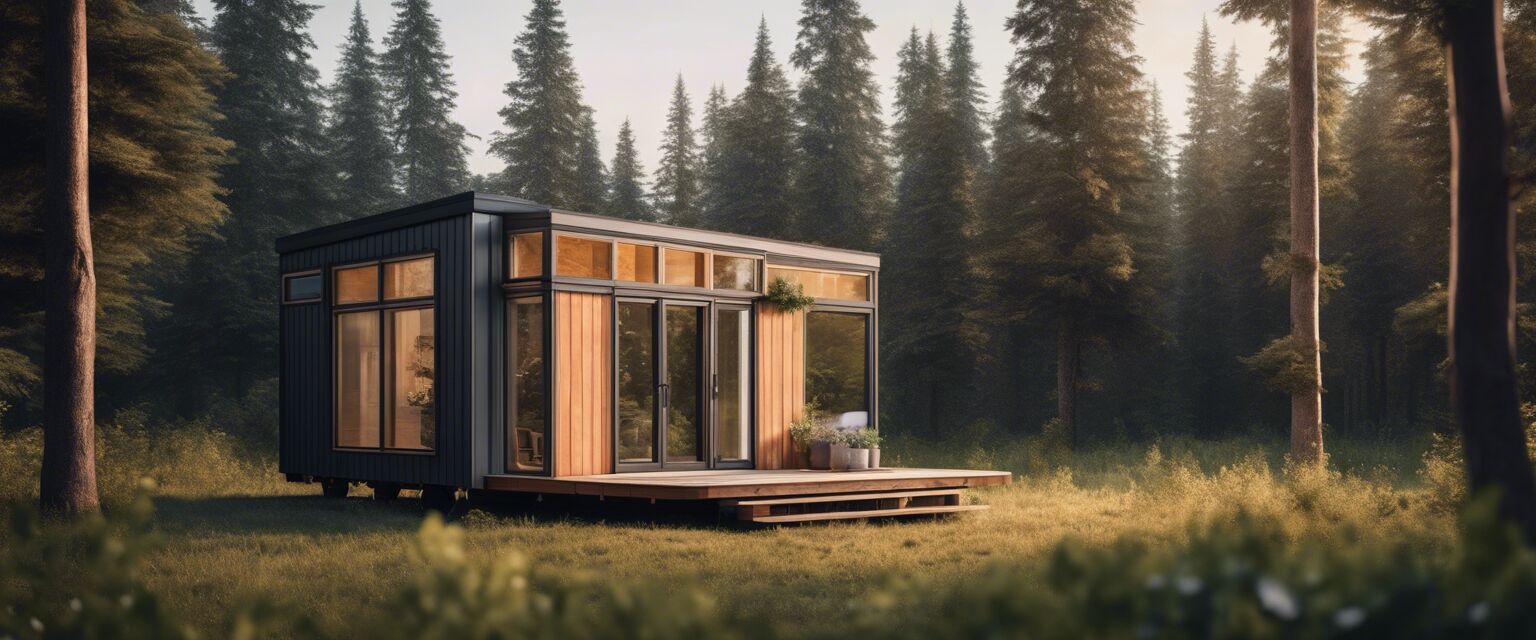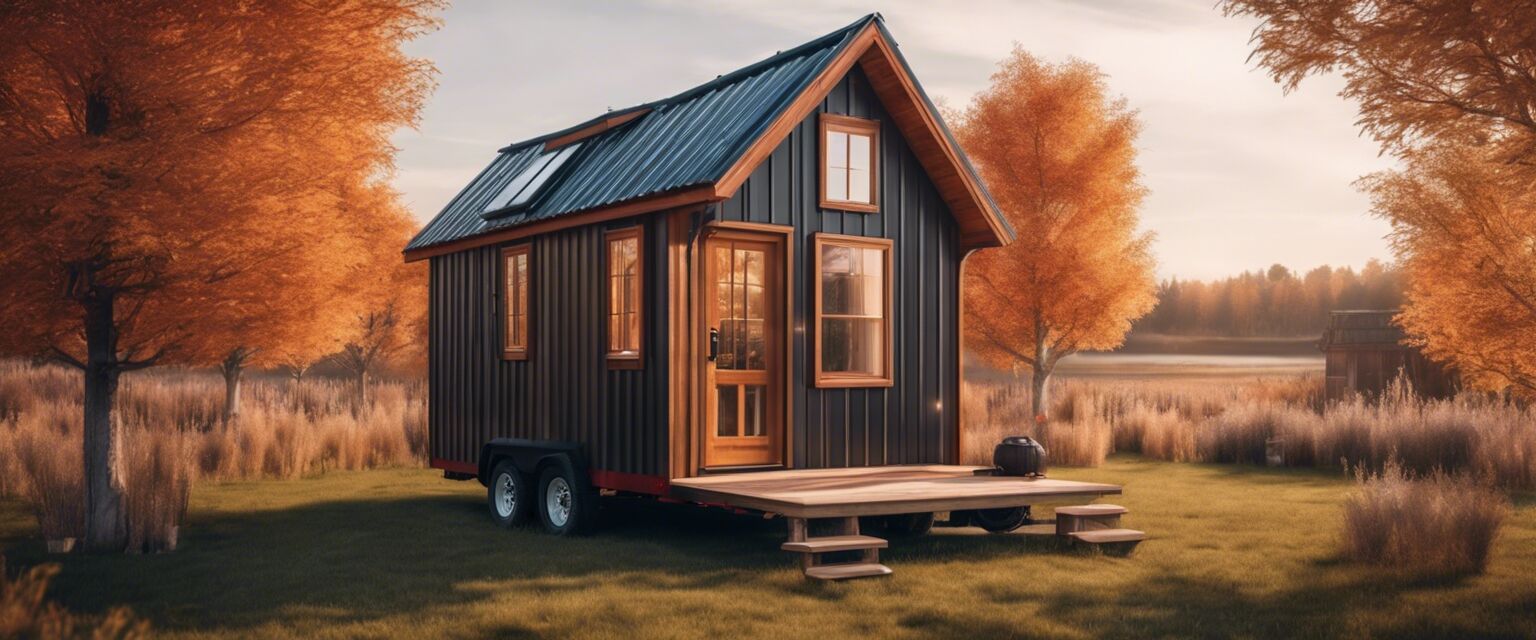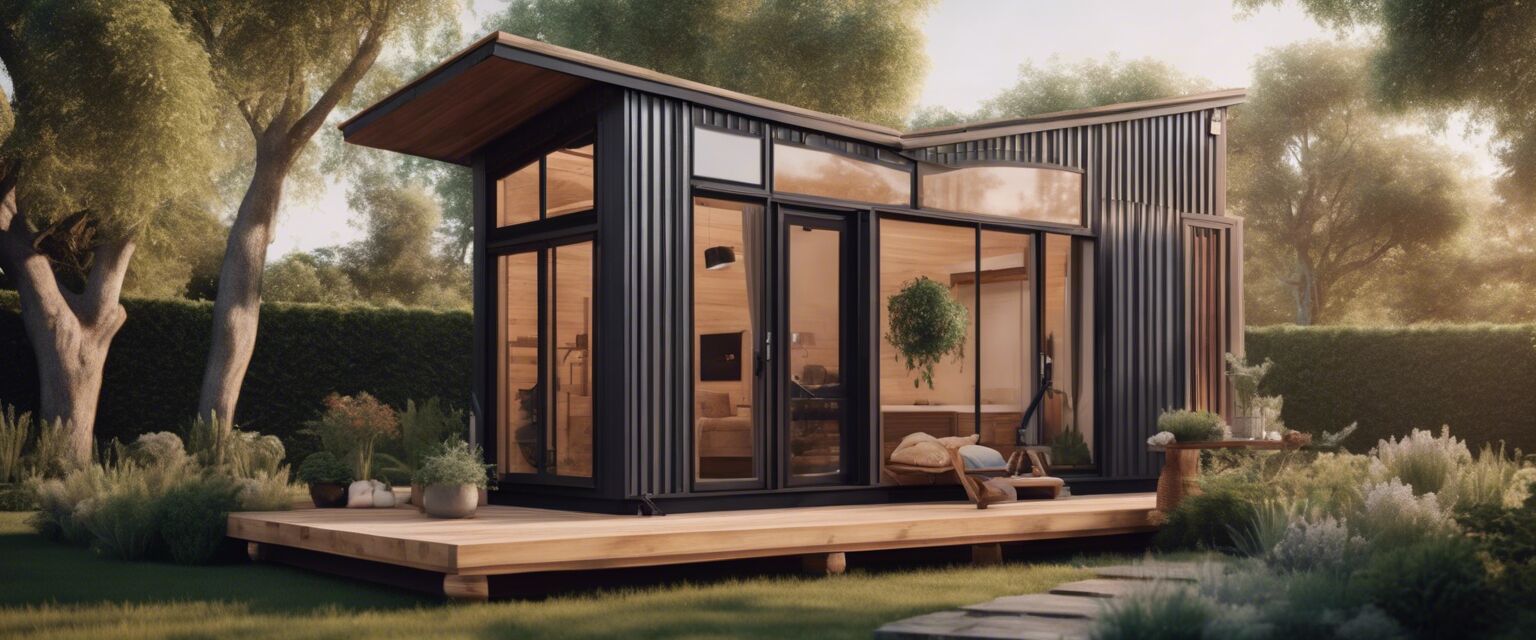
Tiny house kits for beginners
Key Takeaways
- Beginner-friendly tiny house kits come in various styles.
- Opt for modular or prefab designs for easier construction.
- Consider eco-friendly options for sustainability.
- Always check for local building codes and regulations.
The world of tiny house living offers an exciting opportunity for those looking to downsize and simplify their lives. With a variety of tiny house kits available, beginners can find the perfect starting point. In this article, weâll explore the best tiny house kits for beginners, detailing their features, advantages, and important factors to consider before making a purchase.
Why choose a tiny house kit?
Tiny house kits are an excellent choice for beginners due to their affordability, convenience, and versatility. Here are some reasons why:
- Affordability: Tiny house kits are generally more affordable than traditional homes, allowing you to save money while gaining independence.
- DIY opportunity: Most kits come with detailed instructions, making them easier to construct as a DIY project.
- Environmental footprint: Smaller homes generally consume less energy, making them more eco-friendly.
Types of tiny house kits
There are several types of tiny house kits to choose from, depending on your needs and preferences:
| Type | Description |
|---|---|
| DIY Tiny Home Kits | Perfect for hands-on builders eager to create their space from the ground up. |
| Eco-Friendly Tiny Homes | Utilize sustainable materials and designs to minimize environmental impact. |
| Luxury Tiny House Kits | Offer high-end features and finishes, designed for a more sophisticated living experience. |
| Minimalist Tiny Homes | Focus on essential living, maximizing space and functionality without excess. |
| Modular Tiny Homes | Prefabricated homes that can be easily transported and assembled on-site. |
| Off-Grid Tiny Homes | Designed with self-sufficiency in mind, often equipped with solar and water catchment systems. |
Top considerations for choosing a tiny house kit
When selecting a tiny house kit, here are a few key factors to keep in mind:
- Size: Determine how much space you need for your lifestyle.
- Location: Check local zoning laws and building codes.
- Climate: Consider the materials based on the weather conditions in your area.
- Budget: Factor in additional costs like land purchase, utilities, and permits.
- Assembly: Understand whether youâll need professional help or if itâs a true DIY project.
Popular features in tiny house kits
Many tiny house kits come with a variety of attractive features. Hereâs what to look for:
| Features | Description |
|---|---|
| Open floor plans | Creates a sense of spaciousness. |
| Multi-functional furniture | Maximizes space efficiency. |
| Large windows | Enhances natural light and brings the outdoors in. |
| Lofted sleeping areas | Utilizes vertical space and saves floor area. |
| Outdoor decks | Offers additional living space and enjoyment of nature. |
Tips for beginners
Beginner's section
- Research local regulations before you start.
- Join tiny house communities online for support and inspiration.
- Consider building your kit during warmer months.
- Start small; it's easier to expand or modify later on.
Frequently asked questions
1. Do I need a building permit for a tiny house kit?
Yes, it's essential to check your local building codes and regulations to ensure compliance.
2. How long does it take to build a tiny house kit?
Time frames can vary, but generally, it can take anywhere from a few weeks to a few months depending on your skills and the complexity of the kit.
3. What tools do I need to assemble a tiny house kit?
Basic carpentry tools such as saws, hammers, drills, and measuring tools are usually required, along with some hardware like nails and screws.
Conclusion
Tiny house kits are an attractive option for anyone looking to simplify their living situation while maintaining comfort and style. With an array of options available, beginners can find a tiny house kit that fits their needs. By considering all factors mentioned in this article, you'll be well-equipped to start your tiny home adventure!
Pros
- Cost-effective living solution.
- Simple construction with provided instructions.
- Flexibility in design and function.
- Reduced environmental impact compared to traditional homes.
Cons
- Limited space can be a challenge for some.
- Zoning and code restrictions may apply.
- Time-consuming assembly if done as a DIY project.
- May require off-grid solutions for self-sufficiency.
Explore more options
Interested in other styles? Check out our other guides:
- DIY Tiny Home Kits
- Eco-Friendly Tiny Homes
- Luxury Tiny House Kits
- Minimalist Tiny Homes
- Modular Tiny Homes
- Off-Grid Tiny Homes
